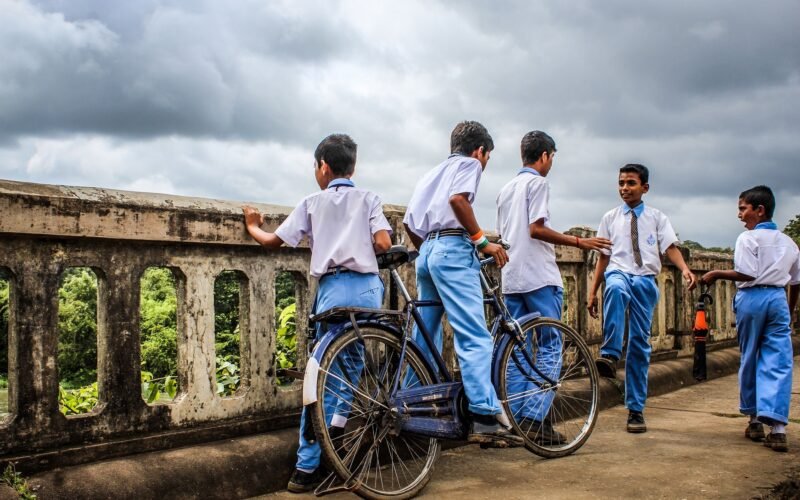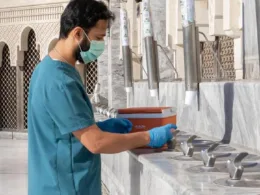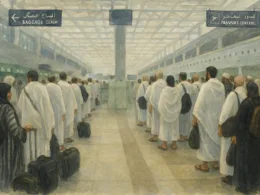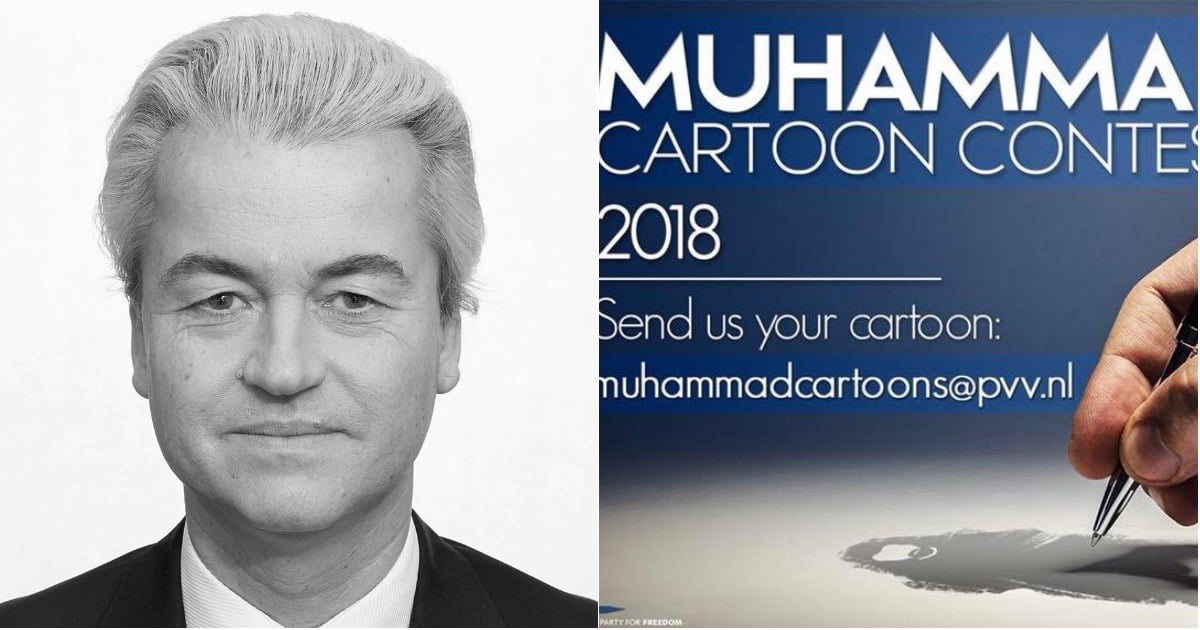Since India’s independence in 1947, the journey towards comprehensive development within the Muslim community through education has encountered numerous obstacles.
Table of Contents
However, recent decades have witnessed a gradual advancement of Muslim youth in the realm of education. Emerging statistics are shedding light on hopeful trends, evoking optimism within the education sector.
Emerging Successes in Higher Education
Union Minister of State for Education, Subhash Sarkar, announced a heartening trend of increased enrollment of Muslim students in higher education institutions. For the academic year 2016-17, 1.739 million Muslim students were enrolled, a figure that surged to 1.922 million for the academic year 2020-21.
Notably, the growth isn’t confined to student enrollment alone. The ranks of Muslim educators have also swelled. The number of teachers from the Muslim community has risen from 67,215 in the academic year 2016-17 to an impressive 86,314 in the academic year 2020-21.
Government Initiatives and Challenges
The Modi government’s efforts to encourage higher education among minority students have been acknowledged by the Minister of State for Education. The scope of these initiatives extends to Buddhists, Christians, Jains, Muslims, Sikhs, and Zoroastrians.
However, amidst these successes, it is essential to confront existing challenges. The dropout rate among Muslim children remains relatively high, partly due to limited opportunities for higher education, especially for boys. This educational gap is impacting the overall progress of the Muslim community. In addition, statistics reveal that the rate of school truancy among Muslims is notably higher compared to the national average.
Looking Ahead
Minister of State for Education, Subhash Sarkar, has acknowledged that the dropout rate of Muslim children does not fully align with the positive growth observed in the number of Muslim students and teachers.
While some students within the Muslim community have flourished educationally, contributing to an increase in higher education participation, their presence in primary and secondary education has dwindled in certain states.
Despite these challenges, the journey toward educational progress for Muslim students continues. Hope remains that through collective efforts and sustained initiatives, the barriers hindering their education will be overcome. The aim is for Muslim students to emerge stronger, equipped to contribute positively to their communities and the nation as a whole.
Subscribe to our channels on WhatsApp, Google News, Facebook and Instagram.Discover more from The Islamic Information
Subscribe to get the latest posts sent to your email.












